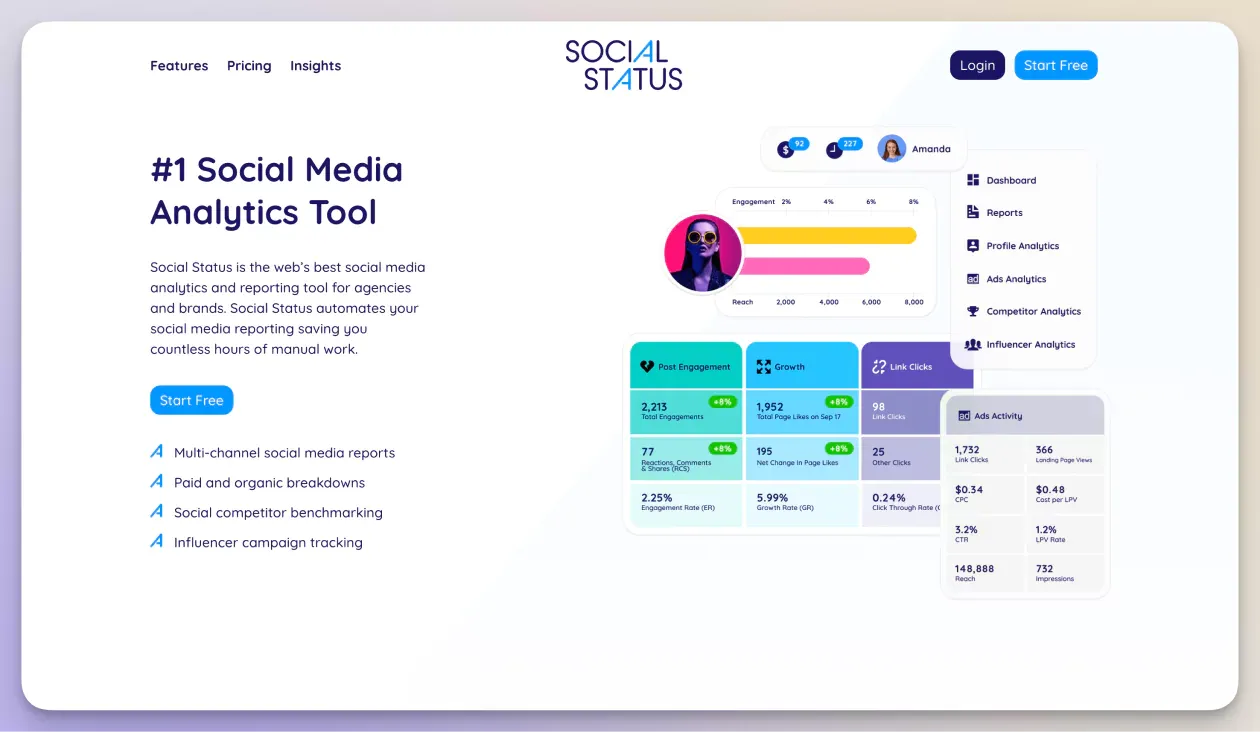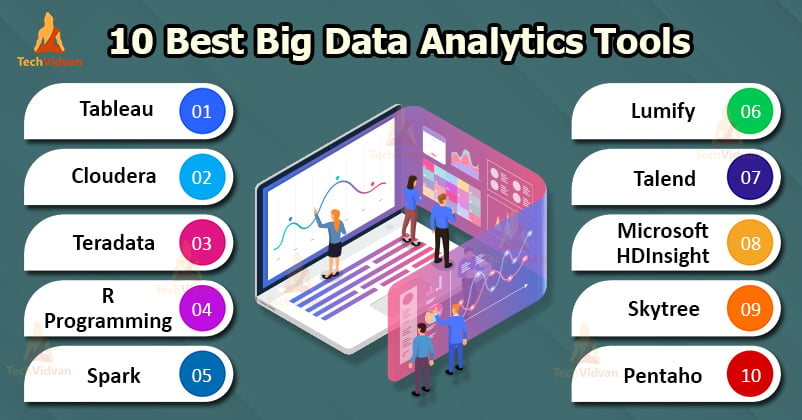Enhance ROI and Efficiency Via Strategic Analytics Planning
Enhance ROI and Efficiency Via Strategic Analytics Planning
Blog Article
Boost Efficiency and Productivity Through Data Analytics
In today's data-driven landscape, companies are progressively identifying the crucial function of information analytics in improving operational efficiency and earnings. By systematically evaluating data, organizations can discover important insights that educate calculated decisions, enhance processes, and tailor consumer experiences (Analytics). Nonetheless, the difficulty exists not just in the application of these analytical tools however additionally in comprehending just how to translate information into workable end results. As we explore the subtleties of reliable data-driven techniques, the effects for both temporary gains and long-term success ended up being increasingly clear. What might these understandings disclose for your organization?
Comprehending Information Analytics
In today's data-driven landscape, recognizing information analytics is vital for organizations intending to enhance functional performance and drive profitability. Data analytics entails the systematic computational evaluation of data collections to uncover patterns, correlations, and understandings that educate decision-making. By using different strategies, such as statistical evaluation, artificial intelligence, and anticipating modeling, companies can transform raw information right into workable intelligence.
The procedure usually begins with information collection, where relevant information is gathered from several resources, consisting of transactional data sources, client communications, and market trends. This information is then cleaned and organized to guarantee precision and consistency. Once the information is prepared, analytical devices and software program are utilized to discover and visualize the info, allowing stakeholders to identify anomalies and fads.
Ultimately, comprehending information analytics encourages companies to make informed choices based on empirical proof instead than instinct. It assists in targeted techniques that can optimize resource allocation, boost customer satisfaction, and boost overall efficiency. As organizations significantly acknowledge the value of data-driven insights, a solid grip of data analytics becomes an important proficiency for teams and leaders alike, positioning them for sustained success in a competitive atmosphere.

Key Benefits for Companies
Companies that utilize information analytics can open a wide range of advantages that dramatically enhance their procedures and success. Among the primary benefits is boosted decision-making. Data analytics supplies workable understandings originated from real-time information, permitting companies to make enlightened choices that line up with market needs and customer preferences.

Additionally, data analytics promotes enhanced customer experiences. By understanding customer behaviors and preferences, companies can tailor their offerings, resulting in enhanced fulfillment and loyalty. This personalized technique usually causes greater conversion prices and repeat service.
Moreover, data analytics enables businesses to identify arising opportunities and trends. By remaining in advance of the curve, organizations can profit from brand-new markets and advancements before their competitors.
Implementing Data-Driven Approaches
Effective application of data-driven strategies calls for a thorough understanding of both organizational goals and readily available data resources. Organizations must initially define their objectives clearly, making sure positioning in between data initiatives and critical objectives. This quality allows teams to concentrate on relevant metrics and understandings that drive decision-making.
Next, services ought to analyze their existing data infrastructure. This entails examining information quality, access, and combination capacities. Top notch data is crucial like this for accurate evaluation, as inadequate data can cause misguided methods and wasted resources. Organizations has to establish processes for information collection, cleaning, and management to preserve information integrity.
Furthermore, fostering a data-driven culture is critical. Employees whatsoever levels must be urged to utilize data in their daily operations. Training programs and workshops can improve information proficiency, encouraging team to make enlightened decisions based on logical understandings.
Devices and Technologies Review
A robust collection of devices and technologies is important for organizations aiming to harness the full potential of data analytics. These devices help with the collection, processing, and visualization of information, making it possible for businesses to acquire workable understandings.
At the foundational level, data monitoring systems such as SQL data sources and NoSQL systems offer efficient data storage space and access abilities. For data processing and evaluation, shows languages like Python and R, together with frameworks such as Apache Spark, make it possible for complex computations and device discovering applications.
Visualization tools, consisting of Tableau and Power BI, change raw data right into instinctive graphical formats, making understandings available to stakeholders whatsoever levels. In addition, cloud-based use this link platforms like Google Cloud and AWS offer scalable storage space and processing services, fitting the growing quantities of data organizations run into.
For innovative analytics, predictive modeling and AI-driven remedies are progressively adopted, permitting business to anticipate patterns and boost decision-making processes. Incorporating these tools right into existing process is paramount; companies that successfully take advantage of this technology can dramatically improve functional efficiency and drive productivity. Thus, buying the right tools and innovations is a strategic imperative for any kind of data-driven organization.
Case Research Studies of Success
Leveraging anonymous data analytics has actually led countless companies to attain impressive improvements in effectiveness and earnings. One remarkable case is a large retail chain that executed predictive analytics to enhance supply monitoring. By assessing historical sales data and customer trends, the company decreased excess inventory by 30%, resulting in considerable expense savings and improved money flow.
One more example can be found in the manufacturing industry, where a leading automobile producer utilized data analytics to enhance its manufacturing procedures. By monitoring machine efficiency in real-time, the company determined bottlenecks and inefficiencies, causing a 20% rise in general devices effectiveness (OEE) This not only enhanced manufacturing rates but also decreased downtime and upkeep expenses.

These situation studies show just how data analytics can drive critical decision-making, optimize processes, and inevitably enhance both effectiveness and profitability across numerous sectors.
Final Thought
In final thought, the combination of information analytics into service operations presents substantial opportunities for enhancing efficiency and profitability. By systematically evaluating data, organizations can identify inefficiencies, optimize consumer experiences, and make educated choices.
In today's data-driven landscape, comprehending data analytics is vital for organizations aiming to enhance functional effectiveness and drive earnings. Data analytics involves the organized computational evaluation of data sets to reveal patterns, connections, and insights that educate decision-making. Information analytics offers actionable understandings obtained from real-time data, permitting services to make educated choices that straighten with market demands and customer preferences.
Top quality data is crucial for precise analysis, as poor information can lead to misguided techniques and wasted sources. Organizations must develop processes for information collection, cleaning, and monitoring to preserve information stability.
Report this page